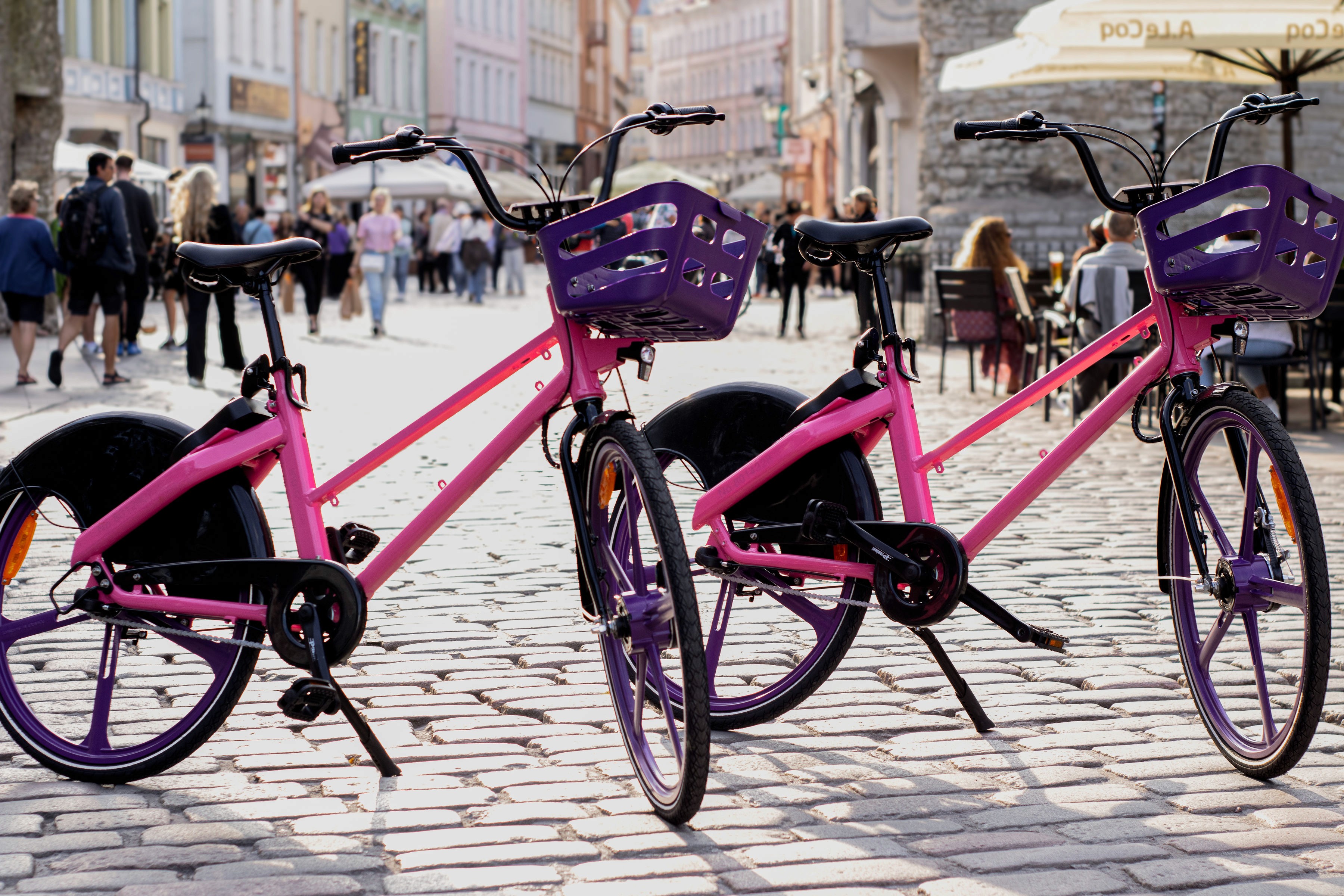Invite providers to run a Pilot Project in your city
Bike sharing is now affordable even for smaller cities
of 15,000 people or more
New technology allows cities to launch a public bike-sharing system within a few months
There is no need to build expensive parking infrastructure any more
A testing period of 6-12 months is enough to determine if it can be successful in a city
Get a tailored bike-sharing system in a few steps
Specify your city’s needs and run a public tender to get the best provider for you
The winning provider will launch a Pilot Project and gather and share usage data
Use the data to evaluate the system and plan a realistic next step in your city's development
Join other successful cities,
currently running Pilot Projects
Žďár, Czechia
population 22,000

started in 2024 with just 50 bikes in a hilly landscape
1 year pilot: rides up to 30 minutes are free for citizens, paid by the city
busses are infrequent - the bike is a faster option
after clear success now preparing a tender with more bikes for next year
Tallinn, Estonia
population 450,000

started in 2024 with 200 bikes
area just around the wider city centre
citizens pay for rides themselves
after a few months of testing, the operation will be adjusted (parking spots, number of bikes, price)
What could a Pilot Project look like?
Total fleet size
60-100 (e-)bikes
Fleet composition
up to 20% e-bikes
Area of operations
3-5 km²
Operation duration
8 months
Time to launch from contract signing
1-3 months
Aproximate price
* Final amount needs to be adjusted to your city's specifics.
Typically, 50% is paid upon signing the contract, and the remaining 50% upon completion.
A bike-sharing provider will include the following in a project:
How long does it take to launch?
An example timeline
The public tender process (with optional public consultations)
Sign a contract with the winning provider
1-2 months
City: Agree on exact parking locations, handle the related paperwork
Provider: Find people and a warehouse in the city, prepare the bikes and the IT
1 month
City: Work with the provider on launching and marketing this new offer
Provider: move the bikes to the city
Launch!

